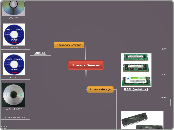Storage Devices
Primary storage

RAM (volatile)
MRAM
Magnetoresistive random-access memory (MRAM) is a non-volatile random-access memory technology that has been under development since the 1990s. Continued increases in density of existing memory technologies – notably flash RAM and DRAM – kept it in a niche role in the market, but its proponents believe that the advantages are so overwhelming that magnetoresistive RAM will eventually become dominant for all types of memory, becoming a universal memory.
DRAM
Dynamic random-access memory (DRAM) is a type of random-access memory that stores each bit of data in a separate capacitor within an integrated circuit. The capacitor can be either charged or discharged; these two states are taken to represent the two values of a bit, conventionally called 0 and 1. Since capacitors leak charge, the information eventually fades unless the capacitor charge is refreshed periodically. Because of this refresh requirement, it is a dynamic memory as opposed to SRAM and other static memory.
SRAM
Static random-access memory (SRAM) is a type of semiconductor memory that uses bistable latching circuitry to store each bit. The term static differentiates it from dynamic RAM (DRAM) which must be periodically refreshed. SRAM exhibits data remanence, but is still volatile in the conventional sense that data is eventually lost when the memory is not powered.
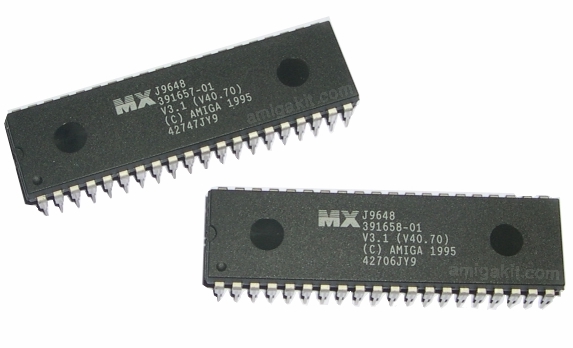
ROM (non volatile)
Static random-access memory (SRAM) is a type of semiconductor memory that uses bistable latching circuitry to store each bit. The term static differentiates it from dynamic RAM (DRAM) which must be periodically refreshed. SRAM exhibits data remanence, but is still volatile in the conventional sense that data is eventually lost when the memory is not powered.
Secondary storage
Magnetic

Magnetic Tape
Magnetic tape is a medium for magnetic recording, made of a thin magnetizable coating on a long, narrow strip of plastic film. It was developed in Germany, based on magnetic wire recording. Devices that record and play back audio and video using magnetic tape are tape recorders and video tape recorders. A device that stores computer data on magnetic tape is a tape drive (tape unit, streamer).

Floppy Disk
A floppy disk, or diskette, is a disk storage medium composed of a disk of thin and flexible magnetic storage medium, sealed in a rectangular plastic carrier lined with fabric that removes dust particles. They are read and written by a floppy disk drive (FDD).
Floppy disks, initially as 8-inch (200 mm) media and later in 5.25-inch (133 mm) and 3.5-inch (89 mm) sizes, were a ubiquitous form of data storage and exchange from the mid-1970s well into the first decade of the 21st century.
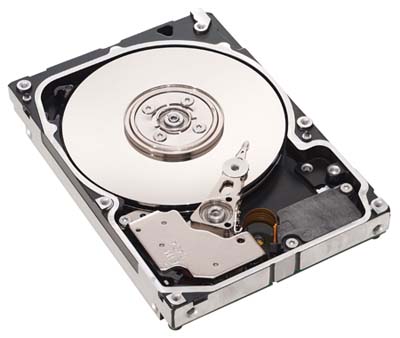
Hard Drive Disk
A hard disk drive (HDD; also hard drive, hard disk, or disk drive) is a block-based data storage device used for storing and retrieving digital information using non-volatile memory (retaining its data even when powered off) in a random-access manner (individual blocks of data can be stored or retrieved in any order rather than just sequentially). An HDD consists of one or more rigid ("hard") rapidly rotating discs (platters) coated with magnetic material, with magnetic heads arranged on a moving actuator arm to read and write data to the surfaces. i was introduced by IBM in 1956
Optical

CD-ROM
Compact Disc - Read-Only Memory (CD-ROM) discs can hold around 800MB of data. The data cannot be altered (non-volatile), so cannot be accidently deleted. CD-ROMs are random-access devices.
CD-ROMs are used to distribute all sorts of data: software (e.g. office applications or games), music, electronic books
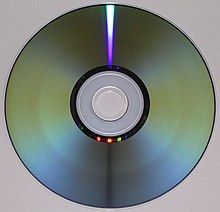
DVD-ROM
Digital Versatile Disc - Read-Only Memory (DVD-ROM) discs can hold around 4.7GB of data (a dual-layer DVD can hold twice that). DVD-ROMs are random-access devices.
DVD-ROMs are used in the same way as CD-ROMs (see above) but, since they can hold more data, they are also used to store high-quality video.

Blu-Ray
Blu-Ray disks are a recent replacement for DVDs. A Blu-Ray disc can hold 25 - 50GB of data (a dual-layer Blu-Ray disc can hold twice that). Blu-Ray discs are random-access devices.
Blu-Ray discs are used in the same way as DVD-ROMs (see above) but, since they can hold more data, they are also used to store very high-quality, high-definition (HD) video.

HD DVD
High-density DVD (HD-DVD) discs can hold around 15GB of data (a dual-layer HD-DVD can hold twice that). HD-DVDs are random-access devices.
HD-DVD discs are used in the same way as DVD-ROMs (see above) but, since they can hold more data, they are also used to store very high-quality, high-definition (HD) video.
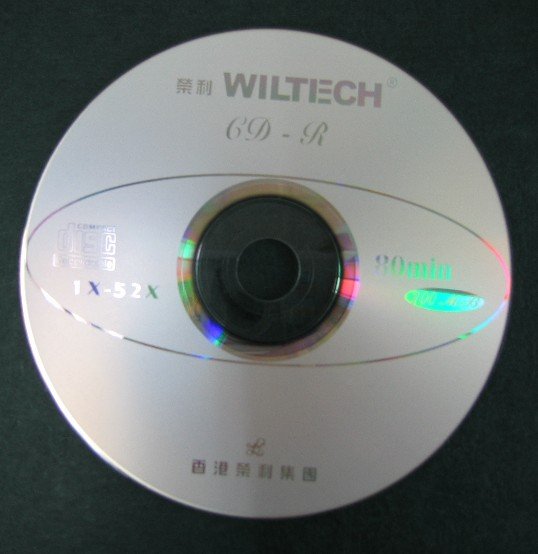
CD-R and DVD-R
CD-Recordable (CD-R) and DVD-recordable (DVD-R) discs can have data burnt onto them, but not erased. You can keep adding data until the disc is full, but you cannot remove any data or re-use a full disc.
CD-RW and DVD-RW
CD-ReWritable (CD-RW) and DVD-ReWritable (DVD-RW) discs, unlike CD-Rs and DVD-Rs, can have data burnt onto them and also erased so that the discs can be re-used.
DVD-RAM
DVD-Random Access Memory (DVD-RAM) discs are a type of re-writable DVD. They often come in a floppy-disc style case (to protect the disc).
DVD-RAM discs have a similar capacity to a normal DVD, holding 4.7GB of data. DVD-RAM discs are random-access devices.
DVD-RAM discs are used in many camcorders (video recording cameras).
Solid State
USB Memory Sticks
Memory sticks are non-volatile, random-access storage devices.
Each of these small devices has some flash memory connected to a USB interface. Plug it into your computer and it appears as a drive. You can then add files, erase files, etc. You can use it to move any type of file between computers.
Flash memory used to be very expensive, but in recent years it has become much cheaper and you can now buy a 16GB memory stick for just a few dollars.
Memory Cards
Many of our digital devices (cameras, mobile phones, MP3 players, etc.) require compact, non-volatile data storage. Flash memory cards provide this and come in a variety of shapes and sizes.
One of the most common formats used by digital cameras is the SD Card. The cards store the digital images taken by the camera.
Mobile phones contain a Subscriber Identity Module (SIM) card that contains the phone’s number, the phonebook numbers, text messages, etc.
Smart Cards
Many credit cards (e.g. ‘chip-and-pin’ cards), door entry cards, satellite TV cards, etc. have replaced the very limited storage of the magnetic strip (the dark strip on the back of older cards) with flash memory. This is more reliable and has a much larger storage capacity.
Cards with flash memory are called smart cards.
